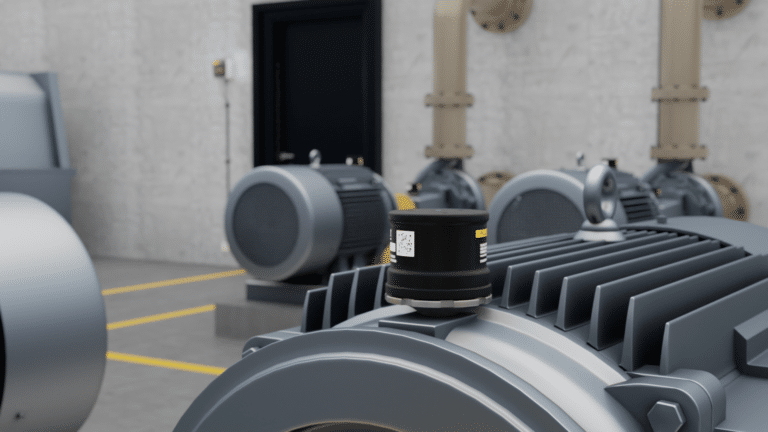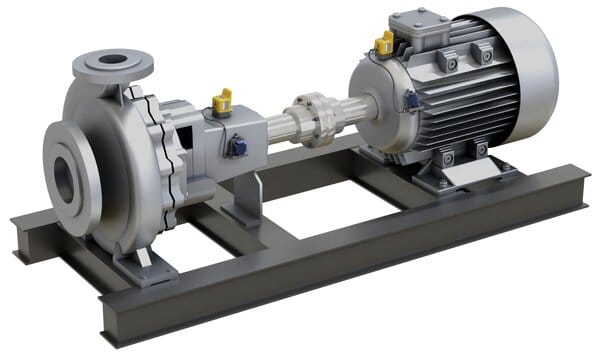Electric motors serve as a critical component for any facility. However, electric motors can be prone to any number of issues that lead to motor faults and failures. Failures disrupt business operations, decrease productivity, and adversely impact a company’s bottom line.
Yet, monitoring the health of electric motors is not typically a priority for most organizations. Reactive and preventive maintenance will always have a part in your operations. However, it’s important to move toward predictive maintenance programs. The benefits of detecting, identifying, and evaluating electric motor abnormalities are decreased motor failures and less unexpected downtime.
To keep operations running smoothly, these programs can also lead to a predictive and prescriptive maintenance future. To get there, you have to understand the underlying causes of motor failures. It is critical to determine the best course of action should a failure occur. As part of a regular maintenance program, next-generation diagnostic and maintenance tools that include connected tools, sensors and software offer the best way to monitor an electric motor’s health.
What Causes Electric Motor Winding Failures?
What causes electric motors to fail? Unfavorable operating conditions—whether electrical, mechanical, or environmental—can dramatically shorten the life of an electric motor. The Electro-Mechanical Authority (EASA) cites many causes of electric motor winding failures including:
- Electrical failures disrupt the power supply to the motor. This includes single-phased winding failures (wye- or delta-connected) caused by an opening from a blown fuse, open contactor, broken power line or bad connection.
- Insulation failures are typically caused by contaminants, abrasion, vibration, or voltage surge. Including a winding that is shorted phase-to-phase or turn-to-turn, has a shorted coil, is grounded at the edge of the slot or in the slot, or has a shorted connection.
- Thermal deterioration of insulation in one phase of the stator winding. Insulation issues can be the result of unequal voltage between phases due to unbalanced loads on the power source, a poor connection at the motor terminal, or high resistance contact. There could also be thermal deterioration in all phases of the stator winding typically due to load demands exceeding the rating of the motor or by very high currents in the stator winding due to a locked rotor. It may also occur as a result of excessive starts or reversals.
- Looseness and bearing failures. Another common fault stems from mechanical rubs, which can be the result of looseness of the motor shaft and/or the motor bearings. The most common mechanical faults are shaft imbalance, looseness, misalignment, and bearings. Often these mechanical faults are related: shaft imbalance, looseness, or misalignment left uncorrected will cause increased forces on the bearings which leads to rapid wear of the bearings.
Electric Motor Maintenance, Diagnostics, and Failure Prevention
The rate of interest and benefits of reliability and condition-based maintenance have been known for decades. Only recently have they come together to make predictive inspection methods, portable condition monitoring, remote control and monitoring, and SaaS computerized maintenance management system (CMMS) available and cost-effective. These next-generation maintenance and reliability tools support the generation, collection, and consolidation of data from sensors, tools, and existing systems. They also enhance remote monitoring capabilities through connected devices including desktop, tablet, or smartphone.
The benefits of these maintenance software tools include:
- Cloud-based CMMS provides a flexible and easy-to-use method for delivering asset management, workflow management and reporting.
- Connected tools and sensors offer all key stakeholders with access to the data they need. Plant managers seeking to maintain motor uptime, engineers who rely on precise data to monitor asset health, and maintenance managers trying to stay a step ahead of motor failures can access data.
- Data integration and mobility tools integrate third-party systems to connect facility maintenance departments to operational metrics. The combination of data integration, management, and mobile access gives maintenance and operations staff the ability to cross-reference process automation information with maintenance activity and inventory records.
Leveraging these tools and technologies can offer key insights into the health of electric motors. Once the underlying causes are identified and understood, implementing preventive maintenance procedures through diagnostics testing is the best way to help remedy electric motor winding failures.
Diagnosing Problems
To diagnose a problem, there are three steps within each category to help quickly and efficiently manage the repair workflow:
- Step 1:
Perform failure modes and effects analysis to diagnose the root cause of a problem and screen the machine for problems with fault severity and a repair recommendation. Vibration testers should be used for mechanical faults and motor analyzers for electrical faults.
- Step 2: Correct the root cause problem. Replace the bearings, balance the shaft, and/or align the shafts.
Before returning the machine to service, perform a quick screening to ensure the repairs are completed.
When you suspect an issue with your electric motor winding, there are three categories of measurements to help identify the likely source of failures—electrical, mechanical, and thermal.
To get a complete picture, evaluate the likely failure modes and match the right maintenance technologies with the most likely failure mode. Maintenance software and data-gathering devices that integrate with third-party solution providers are ideal to accomplish this.
How to Test Electric Motor Issues
A power quality monitor or power quality sensor can help troubleshoot problems in the drive. These tools can also check the drive’s output and power distribution, uncovering energy losses and improving efficiency. These tools can assess electronic harmonics, distortion, and load studies.
The motor and insulation tester assure safe operation, and prolongs the life of electrical systems and motors. This device checks motor speed, torque, power and efficiency, and also checks for motor insulation degradation.
Thermal Issues in Electric Motors
Infrared imagers are the best technology for finding electrical hot spots in switchgear and motor controllers, for the screening process and mechanical assets. The imagers test faulty connections, overheated bearings, and tank levels.
Electric Motor Mechanical Issues
Vibration and alignment tools are the best technology for diagnosing mechanical faults in rotating machines. They can test correct shaft alignment, imbalances, looseness, misalignment, and bearings.
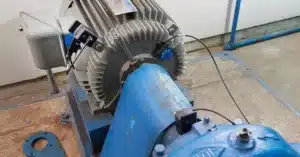
Leveraging these tools offers facilities the greatest flexibility and power to manage the health of electric motor windings. Keep all of your organization’s assets up and running without downtime.
Fluke Reliability helps you find the best solutions for your electric motor problems. Contact us to speak with a specialist.

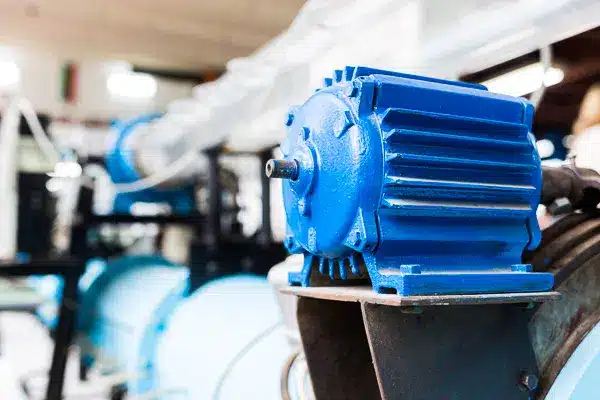
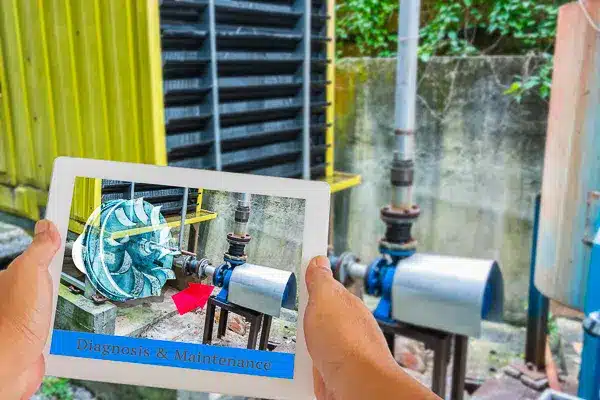
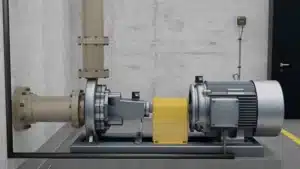 Perform
Perform 


